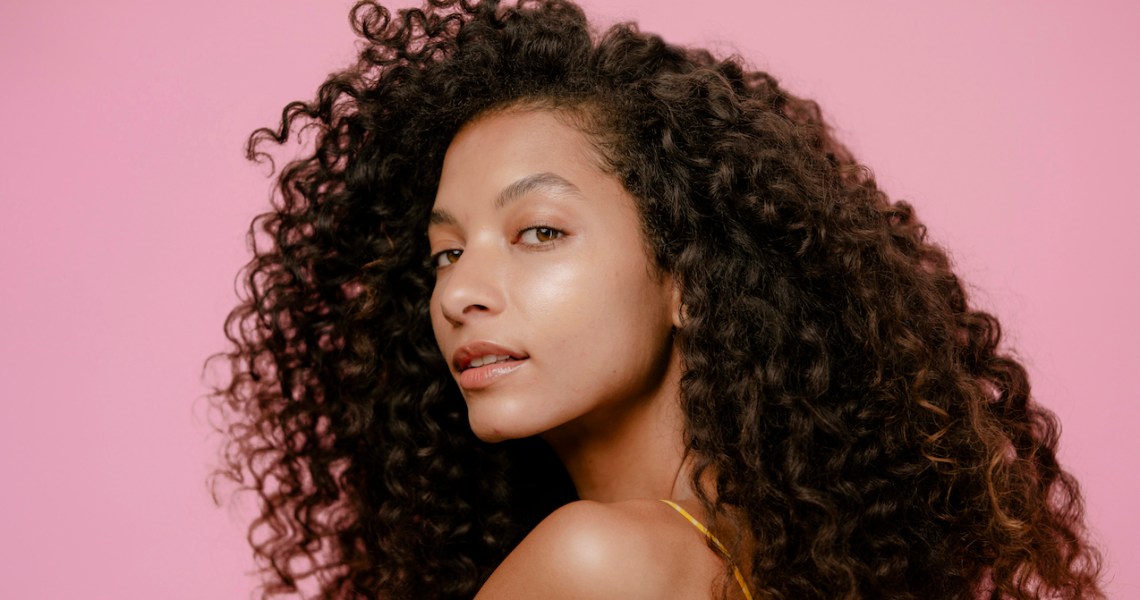On Sunday, Cosmopolitan launched a weekly newsletter — its first in the beauty category — dedicated to acne. The publisher views email as a way to monetize its beauty coverage and set parent company Hearst on a path toward personalized content.
Dubbed “Acne Sucks,” the newsletter consists of interviews with dermatologists, celebrity skin-care secrets, beauty editor hacks and a spotlight on one acne product. Cosmopolitan found through a September 2019 online poll that 99% of its readers experience acne. Seventy-four percent of its readers are between 18 and 49 years old. Cosmopolitan’s readership of 76 million people across its magazine, digital and social platforms accounts for a third of all beauty spending by women in the U.S., and according to a Hearst spokesperson, its beauty readers spend the most time reading acne stories. Cosmopolitan declined to disclose the average time spent on acne content.
“We want to create a robust newsletter experience that is bite-sized content you can consume on your phone. This feels like an innovation in building a deeper relationship with our readers,” said Rosa Heyman, Cosmopolitan’s deputy editor.
For now, the newsletter is financially supported through affiliate links, but additional opportunities exist for brand and product sponsorships, embedded ads and cross-promotion of the magazine subscription. Cosmopolitan also offers a daily newsletter and a weekly sex newsletter. Cosmopolitan’s younger audience is attractive for beauty advertisers, as teen-dedicated magazines like Teen Vogue, Cosmo Girl and Seventeen have either folded or scaled back since the mid-aughts, leaving fewer magazines for the acne-prone. Beauty consists of 63% of Cosmopolitan’s advertising, according to Nancy Berger, Hearst svp, publishing director and chief revenue officer for Cosmopolitan, Women’s Health and Seventeen, an increase from 55% in 2017.
This is not the publication’s first foray into monetizing beauty beyond traditional print or digital advertising, as it licensed a collection of four fragrances in July. Media brands across major publishers like Group Nine-owned Popsugar, Condé Nast and other Hearst properties like Harper’s Bazaar have also seen the power of niche beauty offerings through events and beauty box subscriptions.
Hearst views its acne newsletter as the beginning of a larger initiative to tailor online content for an individual reader, said Brooke Siegel, Hearst Magazines vp of content. It’s much like the way brands and retailers offer personalized product recommendations through e-commerce.
“The future is about offering content based on data and engagement from our audiences,” she said. “We will [first] look for more opportunities where we see that loyalty around readers and build programs like subscriptions and newsletters that cater to a niche audience.”
Ad position: web_incontent_pos1
By creating a niche newsletter and studying subscriber rates, open rates, affiliate link conversion rates and other newsletter metrics, Cosmopolitan and Hearst can create more personalized products and editorial content. Heart’s Bazaar Brides (a Harper’s Bazaar brand) has created similar products, with its $90 for 12 weeks, weekly newsletter that launched in February 2019. In January, Men’s Health also began offering a newsletter called the “The Hookup,” which focuses on sex, love and relationships.
Cosmopolitan will use its social channels, as well as its March print magazine and dedicated spots on its website to promote the newsletter.


